Succulent Bonsai Trees - Choosing Bonsai Looking Succulents
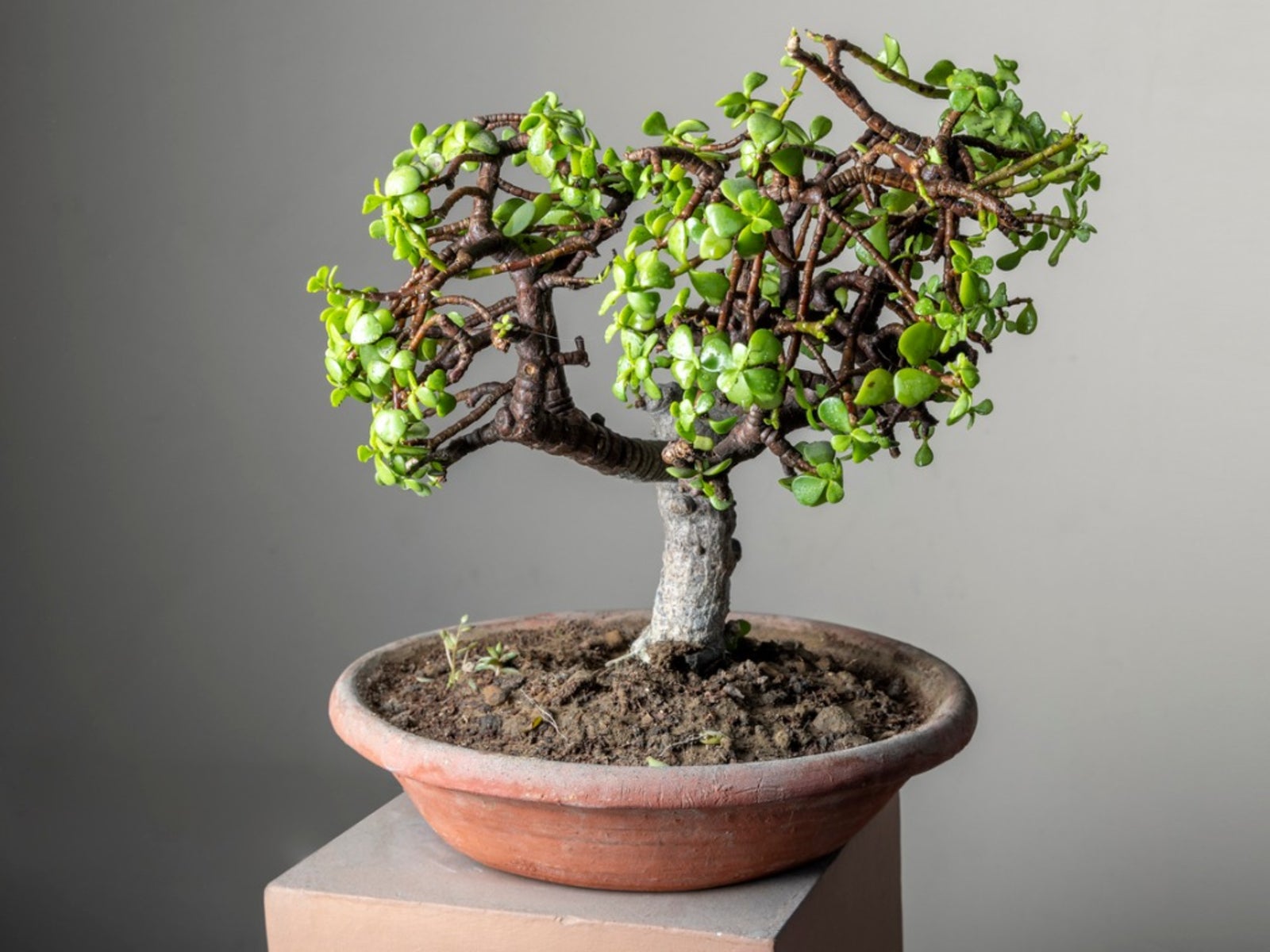

Bonsai is a centuries-old gardening technique that originated in Asia. It combines patience with aesthetics to produce charming little plant specimens. Usually, woody species of plant are used in bonsai, but you can create your own succulent bonsai trees quite easily. This is because many succulents are naturally tiny and hardy and don't mind the trimming required to make a bonsai form.
Smaller succulent plants often take on the form of bonsai, but you can also promote the shape. There are many succulents for bonsai, but the jade plant is probably one that is most frequently used. Traditional bonsai are planted in shallow dishes, which means they have little room for roots and will often need root pruning to keep the plant small. With succulents as bonsai, you generally won't need to root prune. This makes succulent bonsai care quite a bit easier than the classic bonsai.
Tips on Making a Bonsai Looking Succulent
Freshly purchased young succulents often already look like bonsai, but you will have to maintain the shape and size. Traditional bonsai balances line, proportion, balance, and form. There are very specific rules in bonsai, but for the purposes of developing succulents as bonsai, you can focus more on the general form. There are also many styles of bonsai. Cascading plants, those that look windswept or slanted, fully upright specimens, and upright twisted are the main forms. When selecting your succulent, go with its natural form and don't try to force a shape. That means if you want a particular style, choose a plant that will naturally grow in that manner.
Types of Succulents as Bonsai
If you want to grow succulent bonsai trees, you will need a plant that will get a bit larger and have distinct stems. Euphorbia and Crassula specimens will develop a nice trunk and thick branches, perfect for a "tree" appearance. An Elephant tree or Ponytail palm are also nice selections. If you want diminutive specimens, Sedum, Mammillaria, and Adenium species will fit the bill. Do a bit of research before you select your plant to ensure it won't need a deeper container and will have the growth habit you require. Use a well-draining, shallow dish, and soil that doesn't hold lots of moisture. A good soil is 1/3 cinder, 1/3 crushed aggregate, and 1/3 bark chips or coir.
Succulent Bonsai Care
Training a bonsai-looking succulent is maintenance that will differ from just growing a regular plant. You may need to root prune after a year or two. Some plants can be wired to curve stems for the windswept look. Pruning leaves and branches are also necessary to preserve a particular form. Do not water your succulent after planting-- wait a week first. Then wait until the soil is dry for successive watering. Your succulent bonsai will need the same care the plant would need in normal situations: the same water, food, soil, and light. A nice, slow-growth food is a 5-5-5. Dilute by half and water once per month during the growing season. Suspend feeding in the dormant period and lower watering to prevent rot.
Gardening tips, videos, info and more delivered right to your inbox!
Sign up for the Gardening Know How newsletter today and receive a free copy of our e-book "How to Grow Delicious Tomatoes".

Bonnie Grant is a professional landscaper with a Certification in Urban Gardening. She has been gardening and writing for 15 years. A former professional chef, she has a passion for edible landscaping.
-
 Looking For Plants To Give You The Soft And Fuzzies? Try These 5 Fuzzy Leaf Plant Options
Looking For Plants To Give You The Soft And Fuzzies? Try These 5 Fuzzy Leaf Plant OptionsLovers of texture, drama, silver foliage and tactile plants will adore these special sensory garden additions. These fuzzy leaf plant options will leave you all aglow
By Susan Albert
-
 Get Ready For A Summer Of Hummers! Grow These Full Sun Hummingbird Plants and Flowers
Get Ready For A Summer Of Hummers! Grow These Full Sun Hummingbird Plants and FlowersIf you’re lucky enough to enjoy a sunny backyard, make sure you are maxing out on your pollinator opportunities and grow these full sun hummingbird plants and flowers
By Tonya Barnett
-
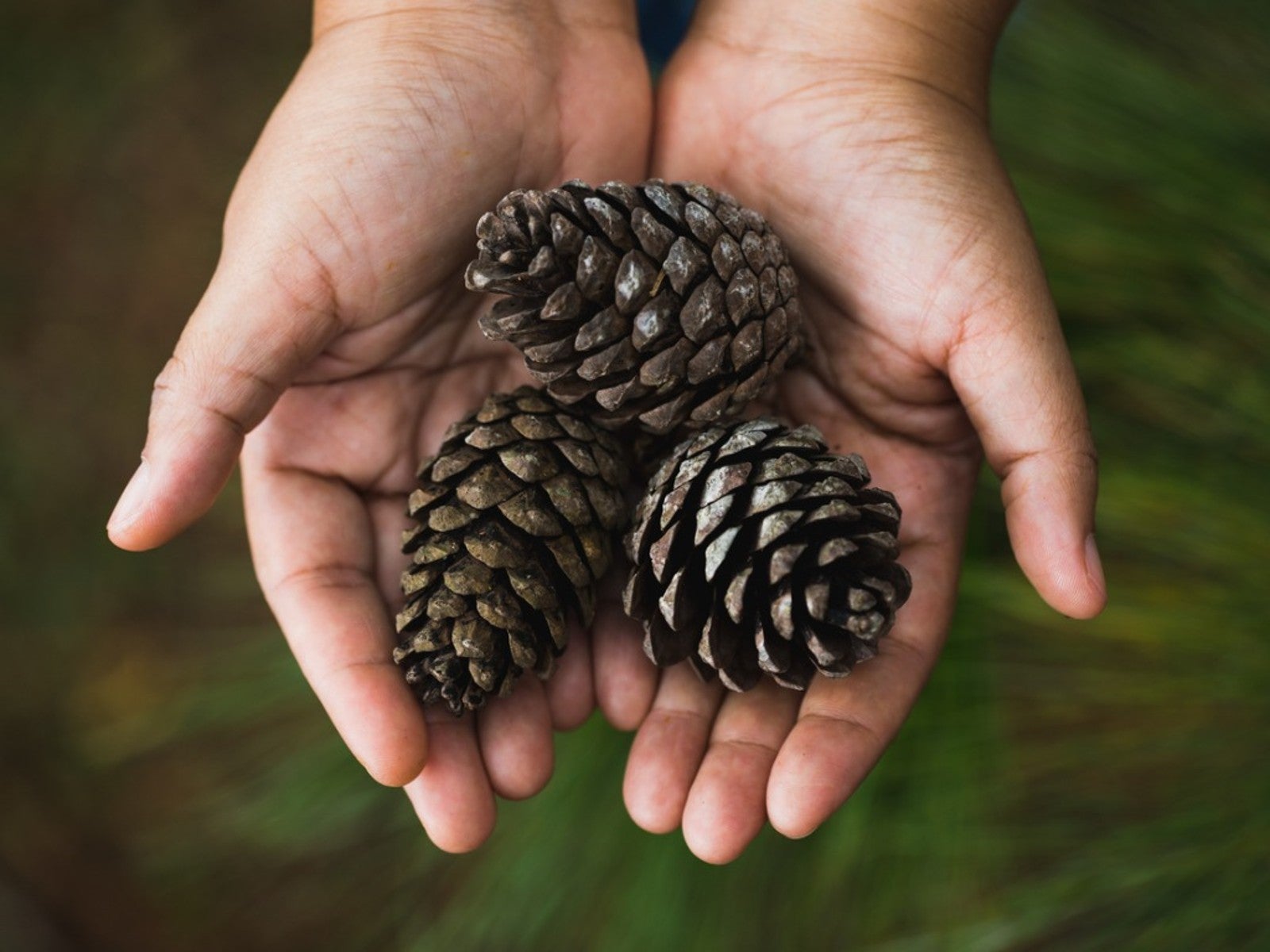 How To Grow A Pine Cone Bonsai Tree
How To Grow A Pine Cone Bonsai TreeWant to learn how to harvest seeds from a pine cone to start a pine cone bonsai tree? Click here to read all about it.
By Teo Spengler
-
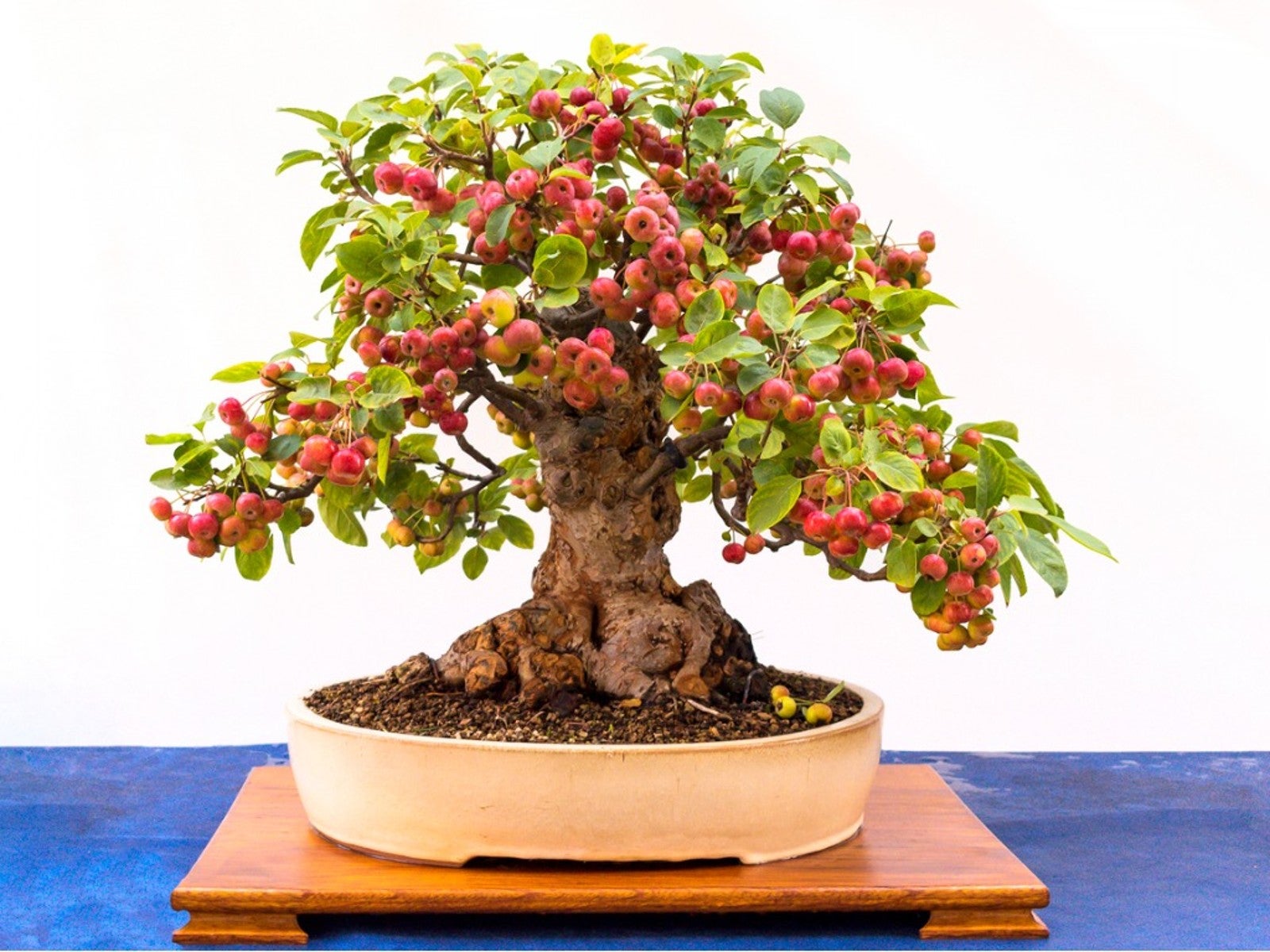 How To Grow A Bonsai Apple Tree That Produces Fruit
How To Grow A Bonsai Apple Tree That Produces FruitWhat could be sweeter than a miniature apple tree? Learn how to create an apple tree bonsai.
By Teo Spengler
-
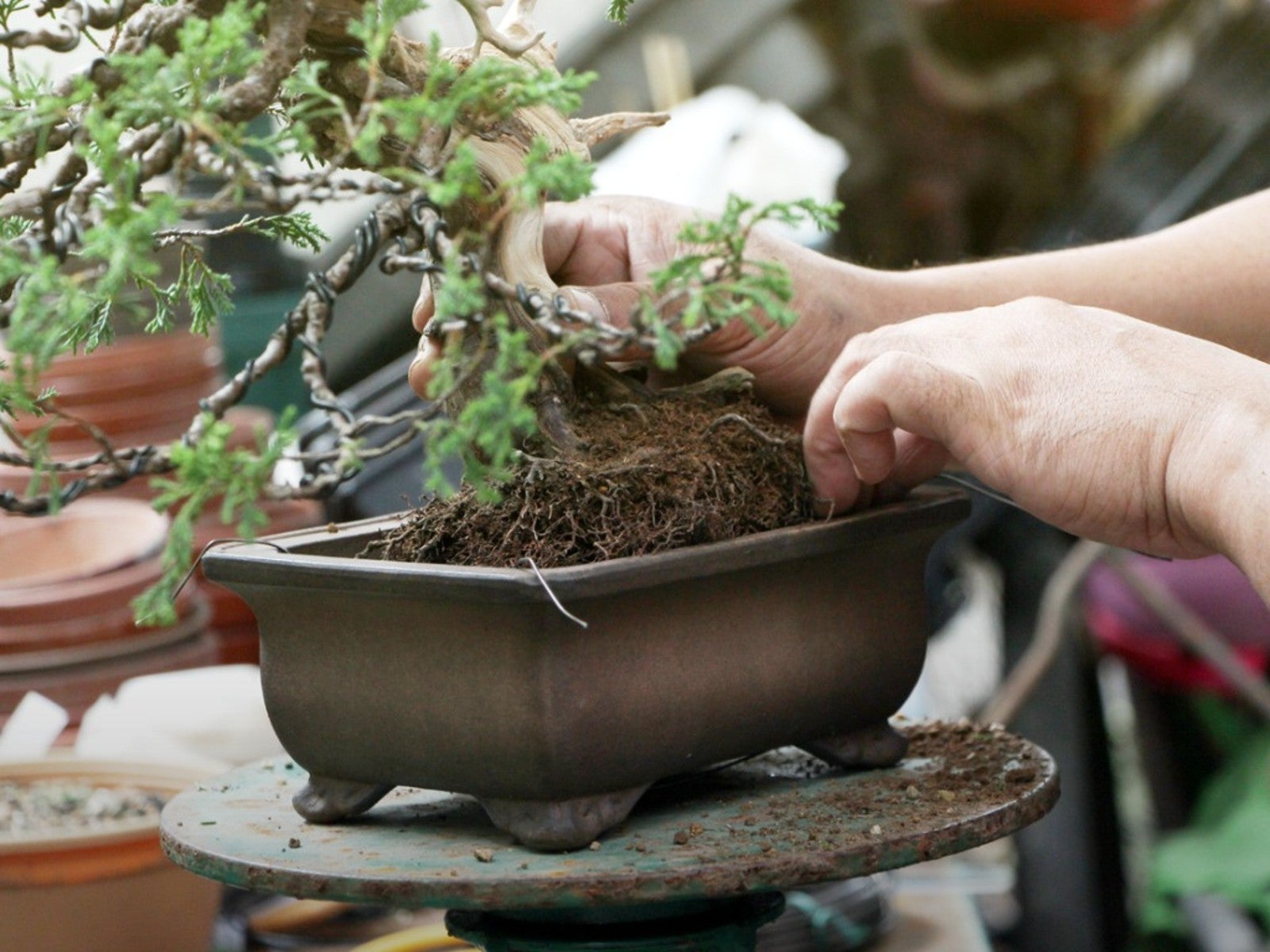 Tips For Repotting Bonsai Trees
Tips For Repotting Bonsai TreesThere’s an art to repotting a bonsai tree. Click here to learn how to do it successfully.
By Teo Spengler
-
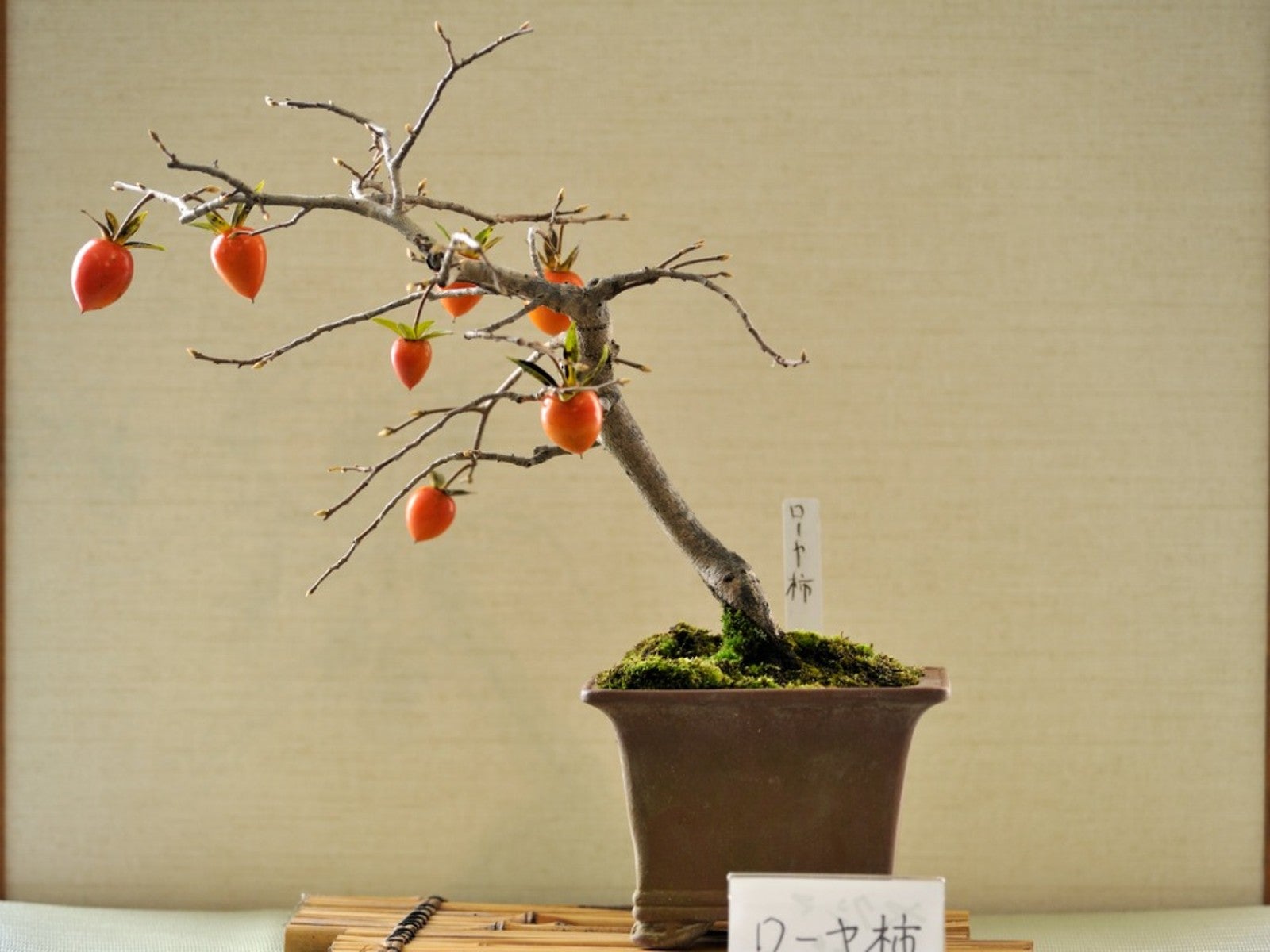 How To Grow A Persimmon Bonsai Tree
How To Grow A Persimmon Bonsai TreeAre you looking for a unique indoor plant that will light up your home? Creating a dwarf persimmon tree is an interesting project and lots of fun. Click here to learn more!
By Teo Spengler
-
 Fukien Tea Tree Bonsai: How To Grow A Fukien Tea Tree
Fukien Tea Tree Bonsai: How To Grow A Fukien Tea TreeHeard about Fukien tea tree bonsais? Click this article for Fukien tea tree care and how to grow this interesting houseplant.
By Teo Spengler
-
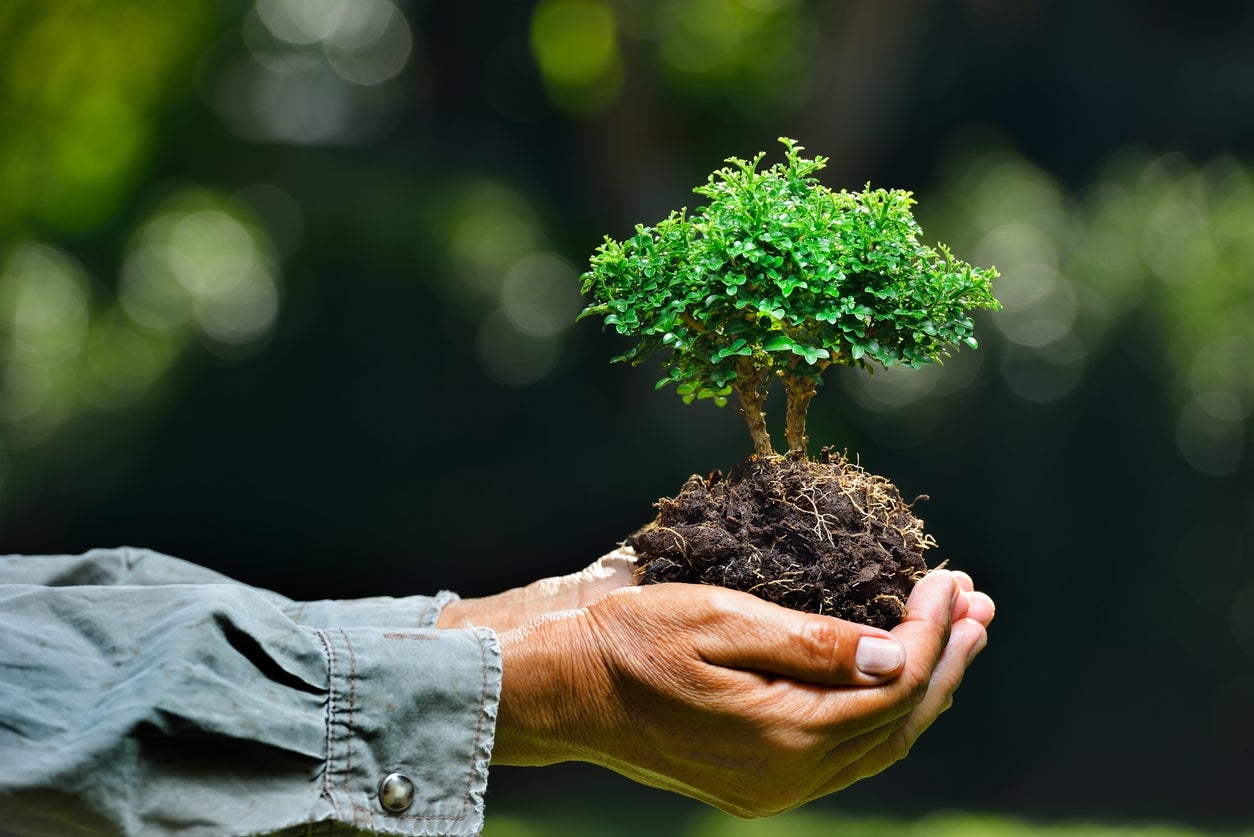 Bonsai Soil Requirements: How To Mix Soil For Bonsai Trees
Bonsai Soil Requirements: How To Mix Soil For Bonsai TreesWhat is bonsai soil made up of? As with the art itself, bonsai soil requirements are exacting and very specific. The following article contains bonsai soil information on how to make your own bonsai soil. Click this article for more information.
By Amy Grant
-
Bonsai Aquarium Plants – How To Grow Aqua Bonsai Trees
Bonsai trees that are kept tiny and carefully cared for in small pots can bring a real level of intrigue and beauty to the home. But is it possible to grow underwater bonsai trees? Learn more aquatic bonsai information, including how to grow aqua bonsai, in this article.
By Liz Baessler
-
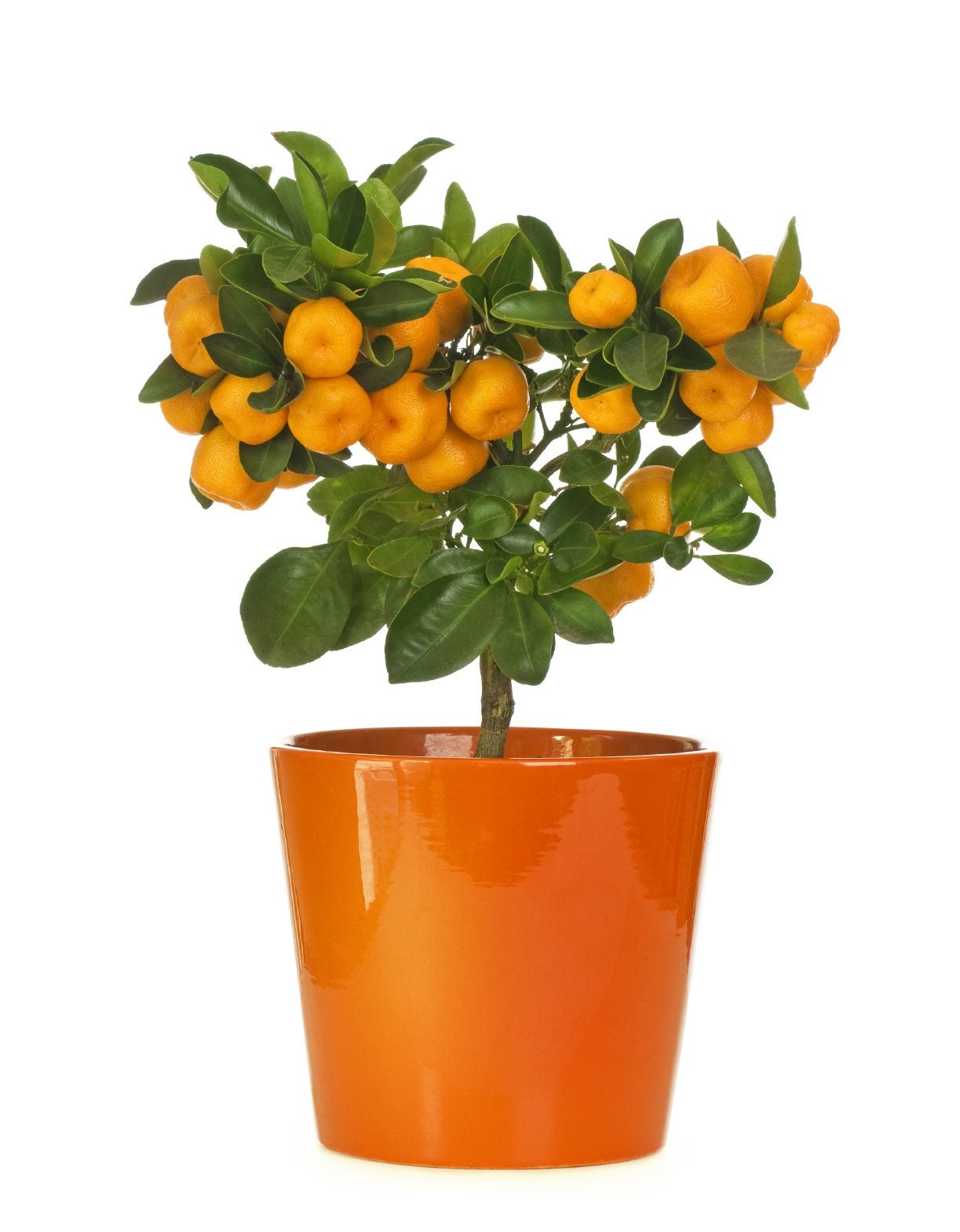 Growing Fruit Trees As Bonsai: Learn About Bonsai Fruit Tree Care
Growing Fruit Trees As Bonsai: Learn About Bonsai Fruit Tree CareIf you think bonsai are always tiny trees with fragrant flowers, you aren't alone. However, this is a misconception. You can also choose from a wide variety of fruit trees as bonsai. Learn more about bonsai fruit trees in this article.
By Teo Spengler